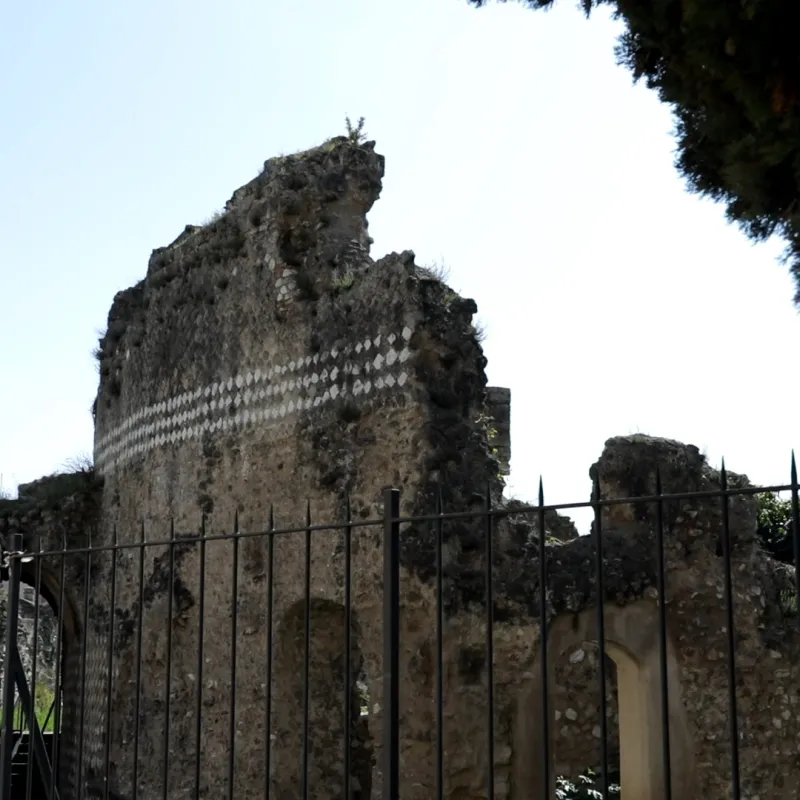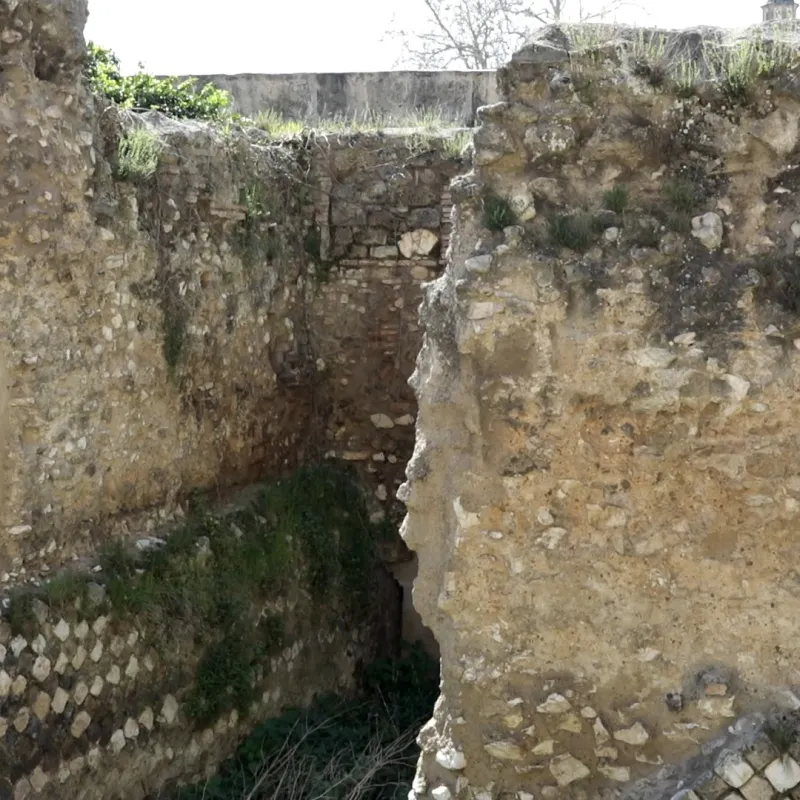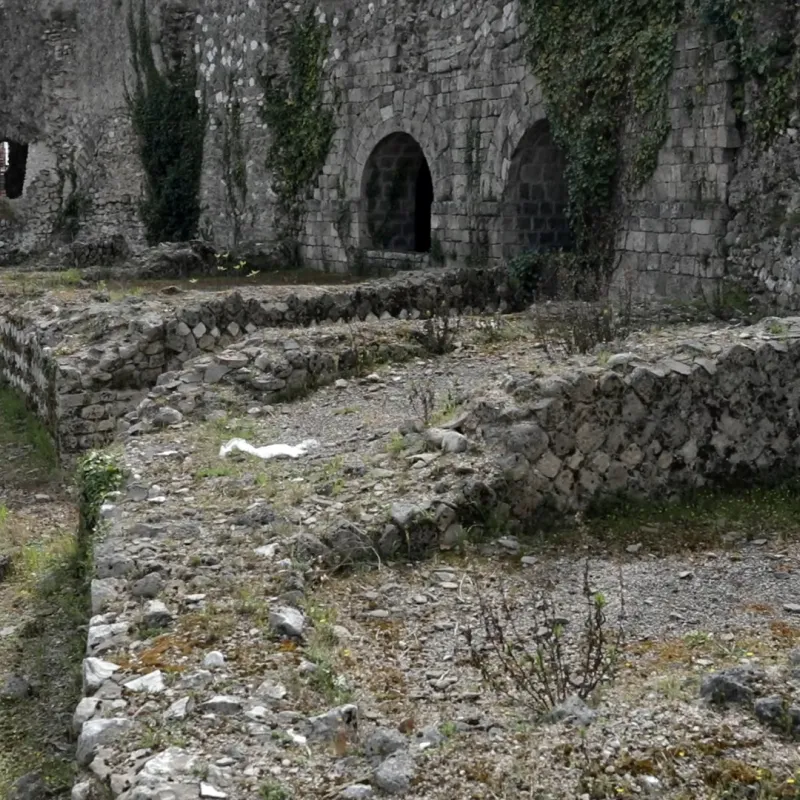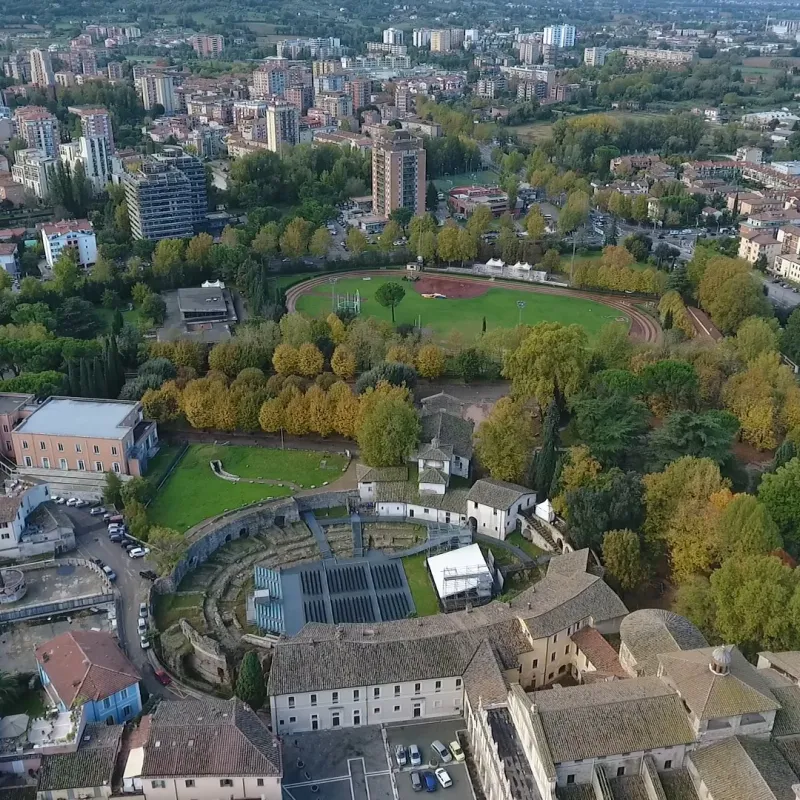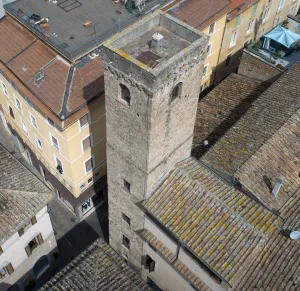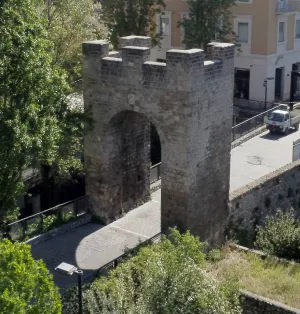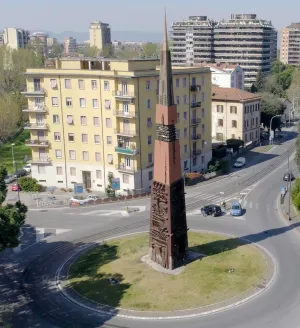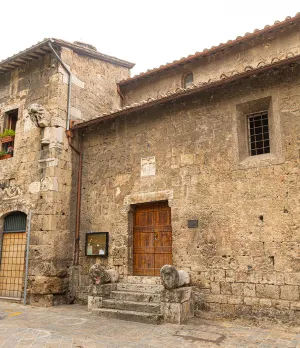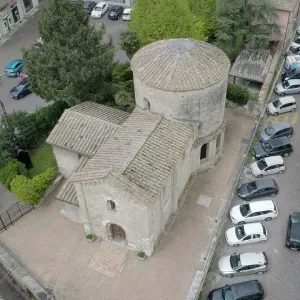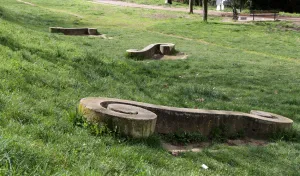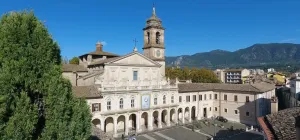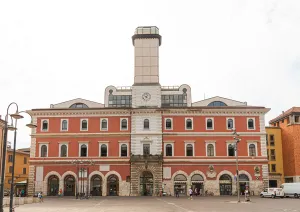Roman Amphitheatre

This structure for performances was located within the walls of the Roman municipality - parts of which are still visible in the vicinity - but outside the inhabited area, a location that facilitated the circulation of the considerable number of people attracted to the shows. The influx was also facilitated by the proximity of the southern gate, through which a section of the eastern branch of the Via Flaminia entered the city. Until a few decades ago, the dating of the monument was linked to an inscription from 32 AD by Faustus Titus Liberale, an imperial sevir - a member of the body responsible for imperial cult worship - found in the 15th century near the Roman archaeological find. Tradition interpreted the inscription as a dedication of the monument, so much so that it was called the "Faustus Amphitheatre." A new analysis of the epigraphic text conducted in more recent years, however, has determined that it is a sacred dedication, not related to the amphitheatre.
In any case, the construction techniques employed - particularly the bichrome opus reticulatum - the architectural and structural characteristics, and the results of new archaeological investigations place the construction in the Julio-Claudian period, as part of the extensive public works program aimed at the monumentalization of Interamna carried out during this period. Over the centuries, parts of the wall structures of the amphitheatre were used for the construction of the episcopal palace and the Church of Madonna del Carmine, but the original elliptical shape was preserved, upon which these buildings were adapted.

Excavations, especially more recent ones, have shed light on the structures, including the innermost ones, that composed the work, whose remains reach a height of up to 10 meters in some sections. Only the ground floor of the elevation is visible, but a 15th-century drawing allows us to identify a second level with lintelled windows. The amphitheatre features a perimeter gallery, a ring of radial structures that serve to support the cavea, an inner ambulatory, and another band of radial spaces. Works to restore and enhance the monument have turned it into a valuable and evocative space for theatrical performances and cultural events, which is part of a context of historical and archaeological relevance.
Open Thursday to Sunday by reservation
For information and reservations: https://www.caos.museum/musei/anfiteatro-romano/
